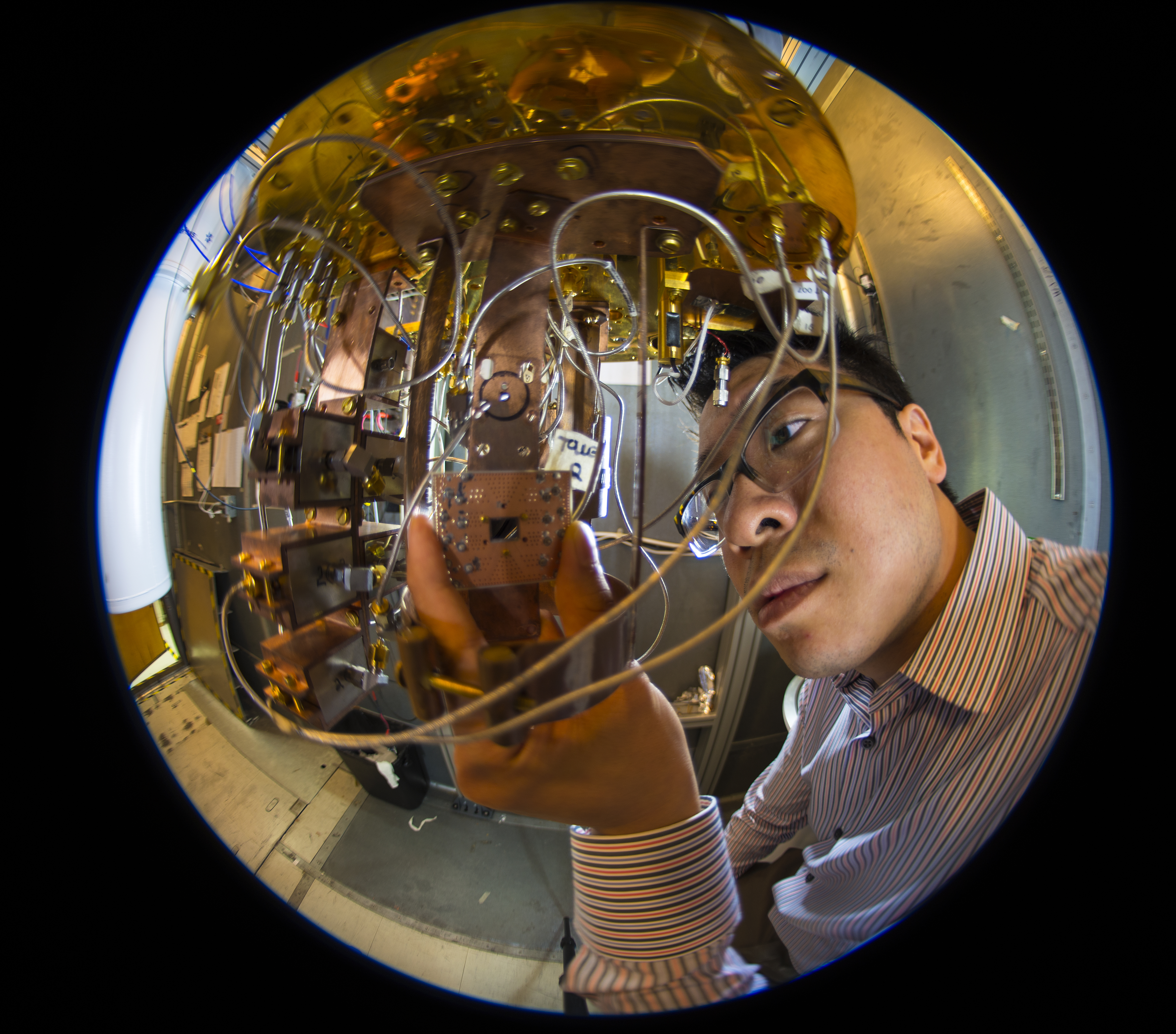25th Dec 2018
It’s the 21st century space race
By William Hurley Tech Crunch
The word “quantum” gained currency in the late 20th century as a descriptor signifying something so significant it defied the use of common adjectives. For example, a “quantum leap” is a dramatic advancement (also an early 1990’s television series starring Scott Bakula).
At best, that is an imprecise (though entertaining) definition. When “quantum” is applied to “computing,” however, we are indeed entering an era of dramatic advancement.
Quantum computing is technology based on the principles of quantum theory, which explains the nature of energy and matter on the atomic and subatomic level. It relies on the existence of mind-bending quantum-mechanical phenomena, such as superposition and entanglement.
Erwin Schrödinger’s famous 1930’s thought experiment involving a cat that was both dead and alive at the same time was intended to highlight the apparent absurdity of superposition, the principle that quantum systems can exist in multiple states simultaneously until observed or measured. Today, quantum computers contain dozens of qubits (quantum bits), which take advantage of that very principle. Each qubit exists in a superposition of zero and one (i.e. has non-zero probabilities to be a zero or a one) until measured. The development of qubits has implications for dealing with massive amounts of data and achieving previously unattainable levels of computing efficiency that are the tantalizing potential of quantum computing.
While Schrödinger was thinking about zombie cats, Albert Einstein was observing what he described as “spooky action at a distance,” particles that seemed to be communicating faster than the speed of light. What he was seeing were entangled electrons in action. Entanglement refers to the observation that the state of particles from the same quantum system cannot be described independently of each other. Even when they are separated by great distances, they are still part of the same system. If you measure one particle, the rest seem to know instantly. The current record distance for measuring entangled particles is 1,200 kilometers or about 745.6 miles. Entanglement means that the whole quantum system is greater than the sum of its parts.
If these phenomena make you vaguely uncomfortable so far, perhaps I can assuage that feeling simply by quoting Schrödinger, who purportedly said after his development of quantum theory, “I don’t like it, and I’m sorry I ever had anything to do with it.”
Various parties are taking different approaches to quantum computing, so a single explanation of how it works would be subjective. But one principle may help readers get their arms around the difference between classical computing and quantum computing. Classical computers are binary. That is, they depend on the fact that every bit can exist only in one of two states, either 0 or 1. Schrödinger’s cat merely illustrated that subatomic particles could exhibit innumerable states at the same time. If you envision a sphere, a binary state would be if the “north pole,” say, was 0, and the south pole was 1. In a qubit, the entire sphere can hold innumerable other states and relating those states between qubits enables certain correlations that make quantum computing well-suited for a variety of specific tasks that classical computing cannot accomplish. Creating qubits and maintaining their existence long enough to accomplish quantum computing tasks is an ongoing challenge.
IBM researcher Jerry Chow in the quantum computing lab at IBM’s T.J. Watson Research Center.
Humanizing quantum computing
These are just the beginnings of the strange world of quantum mechanics. Personally, I’m enthralled by quantum computing. It fascinates me on many levels, from its technical arcana to its potential applications that could benefit humanity. But a qubit’s worth of witty obfuscation on how quantum computing works will have to suffice for now. Let’s move on to how it will help us create a better world.
